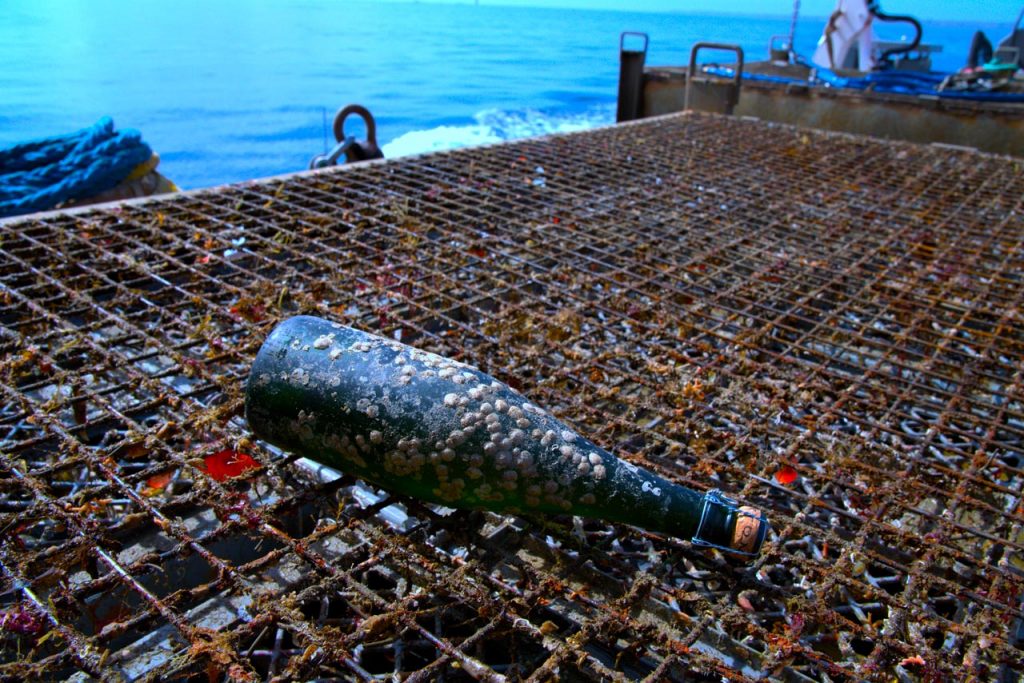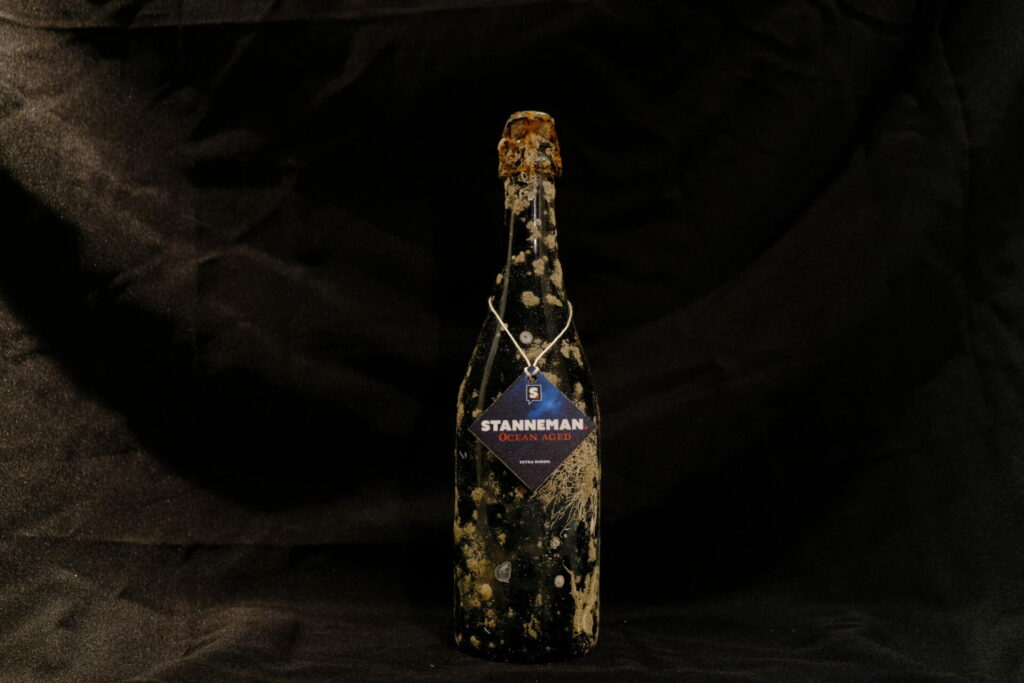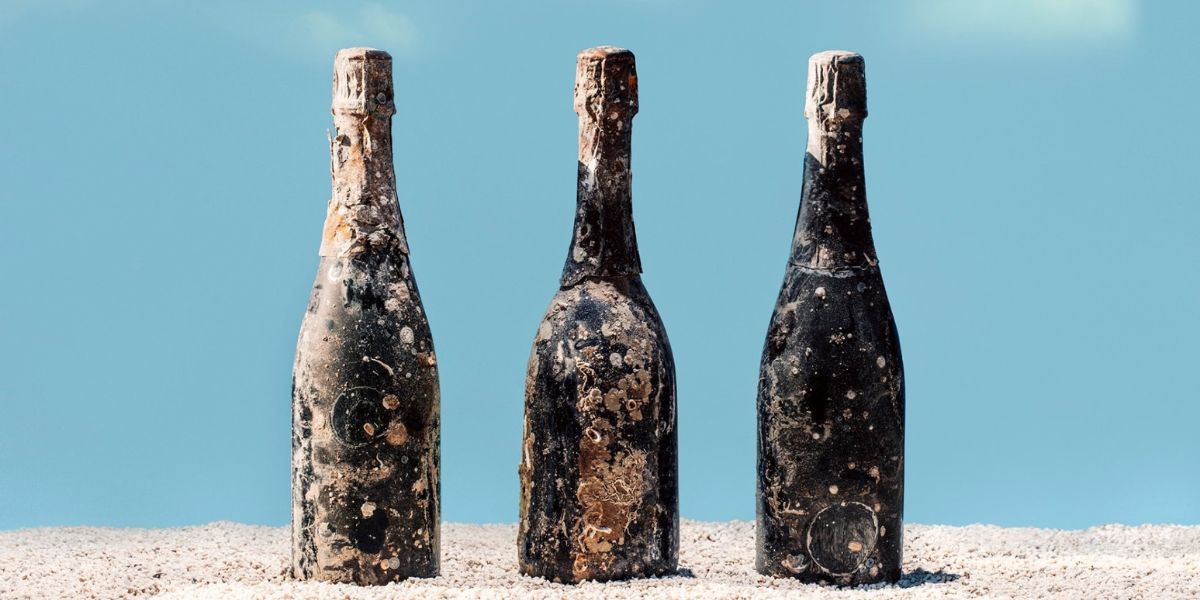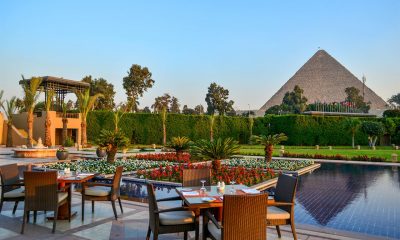BUSINESS NEWS
Champagne Innovators Unleash the Power of Bubbles: Beyond Fizz and Flavor
For those who’ve encountered a projectile champagne cork, the inherent pressure in a bottle of bubbly is all too familiar. This pressure, both inside and outside the bottle, serves as the canvas for champagne visionaries seeking to redefine the effervescent experience.
Louis Roederer’s chef de cave, Jean Baptiste Lécaillon, shares insights into their meticulous trials to perfect pressure according to the vintage. Unlike the standard 6 bar pressure in champagne bottles (equivalent to three times a car tire’s pressure), Roederer’s champagnes range from 6 to 4.5 bar. This nuanced approach, as seen in the newly released Cristal 2015, results in a featherlight mousse—a delightful blend of intensity and delicacy.

In the world of physics, the correlation between temperature and pressure is apparent. A fascinating discovery revealed that uncorking a bottle stored at a higher temperature led to the gas’s velocity reaching nearly Mach 2—twice the speed of sound—creating a mesmerizing plume at the bottle opening.
The Ballistics of Bubbly: Gérard Liger-Belair, a specialist in champagne science, likens this phenomenon to rocket plume exhausts. The pressure prompts the CO2 to freeze, akin to dry ice, forming a captivating plume when released.
Beyond the theatrical display, the pressure in a champagne bottle diminishes over the years, resulting in smaller, scarcer bubbles. This transformation contributes to the refined character of long-aged cuvées—a captivating charm for enthusiasts.
Bubbles in the Palate: Vincent Chaperon, Dom Pérignon’s cellar master, delves into the sensory experience, emphasizing that the perception of bubbles on the palate reflects the wine’s balance and personality. Each vintage tells a unique story through the timing and sensation of bubbles, contributing to the overall elegance.
Fizz Meets Technology: In a marriage of science and psychology, researchers explore the impact of bubbles on perceived quality. The FIZZeyeRobot, a creation of the University of Melbourne’s Sigfredo Fuentes, measures foam lifespan and gas release to predict flavor compound dynamics. This innovative approach offers insights into the potential palatability of the drink.
Deep-Sea Aging Experiments: Champagne producers venture into deep-sea aging experiments to uncover new dimensions of flavor. Champagne Drappier ages its Brut Nature 40 meters down in the English Channel, experiencing heightened pressure and unique CO2 levels. The results, described as fresher and more integrated, hint at the possibilities of underwater maturation.
The Submarine Cellar: English winemaker Exton Park takes aging to greater depths, submerging its Blanc de Blancs 2014 for a year in the English Channel near Brittany. The underwater-aged variant boasts smaller, more integrated bubbles, presenting a more expressive and lively profile.

While deep-sea aging may not replace traditional cellars, it emerges as a fascinating avenue for exploration, offering a unique perspective on maturation. As champagne enthusiasts savor the effervescence, innovators continue to push the boundaries of what lies beyond the fizz and flavor.









